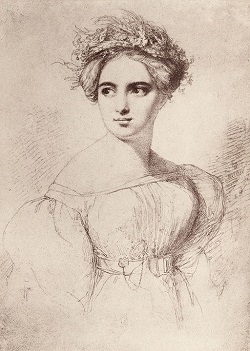1 Potential strategies for building gender diverse programmes

There are a number of different ways that you could start to think about developing gender diverse programmes.
All-women programmes
You might want to go all out and curate a programme consisting entirely of works by women composers. This could bring together a range of works by women from across a broad historical spread or might focus on women from one particular historical period or one musical tradition. Unless you already have a lot of knowledge about women composers’ music and good access to scores, this might be the most challenging approach to take – particularly to start out – as it will involve a lot of research and a lot of learning of new material.
Themed programmes
An alternative and possibly slightly more straightforward way to start programming works by women (or more works by women, if you already do) is to incorporate women’s music into concerts alongside compositions by their male peers. A good way to start doing this is to think about starting to include women’s works into themed concerts. For example, if you are planning a recital of German Romantic Lieder, why not perform some songs by composers such as Clara Schumann or Fanny Hensel (born Mendelssohn) alongside works by their famous male counterparts, such as Franz Schubert or Robert Schumann. Or, if you are working on a programme of orchestral film music, why not play some scores by Rachel Portman and Natalie Wiseman, alongside those of John Williams and Danny Elfman.
